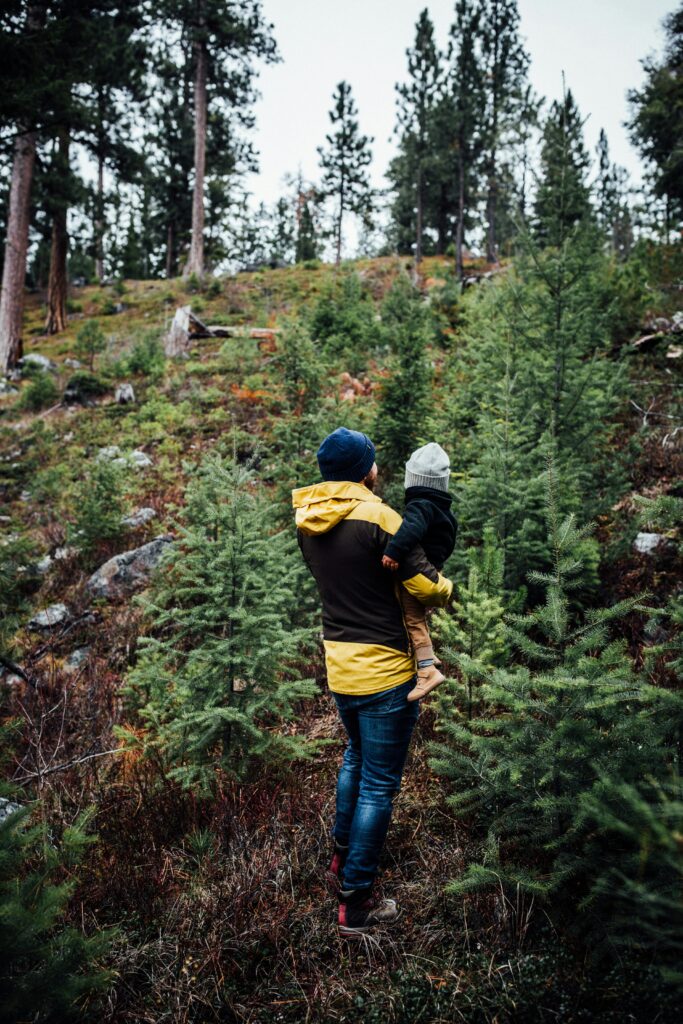
Pumpkins and Trees, Oh My!
What can you do with your old organic holiday decorations? There are better options then leaving them on the curb! Read on to learn more.
By Denise Thornton
Carved pumpkins and decorated trees make the holidays memorable. But when your jack-o-lantern’s smile starts to droop, and your tree’s needles start to drop, how do you discard these seasonal symbols? Here are some greener options.
PUMPKINS
Pumpkins and holiday trees that end up in a landfill decompose without much oxygen, which means they will produce methane, and according to the U.S. EPA , methane is more than 28 times as potent as carbon dioxide at trapping heat in the atmosphere.
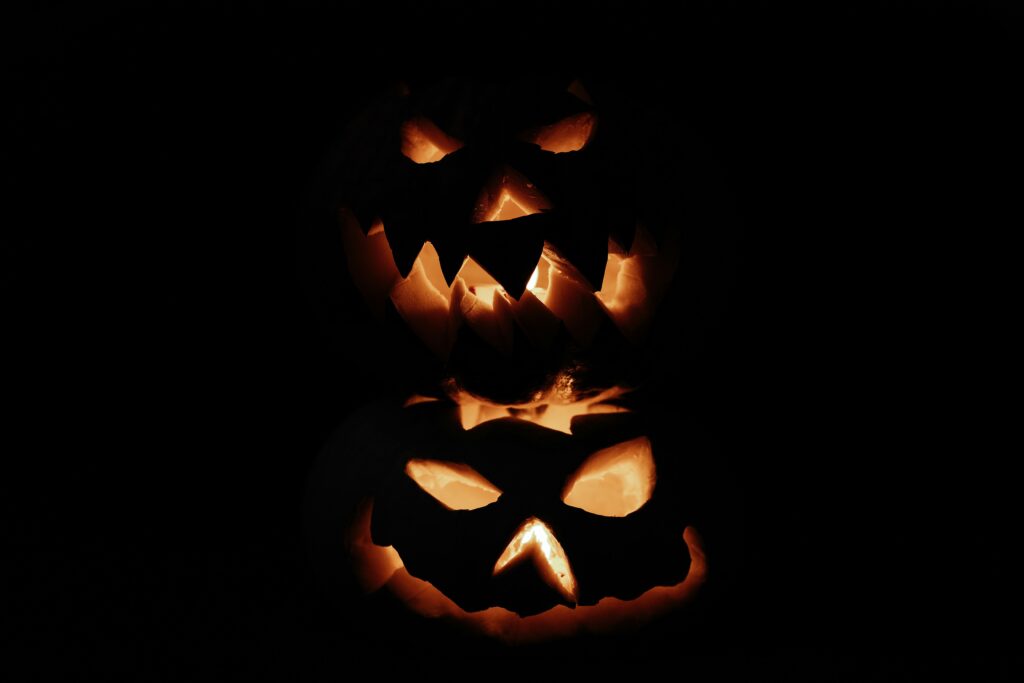
In contrast, composted pumpkins are broken down by oxygen-loving bacteria, a process that releases very little methane, and they decompose quickly because they are mostly made of water. When compost is mixed into soil, it adds nutrients and organic matter, which benefits agriculture, reduces our reliance on synthetic fertilizers, diverts the methane-producing organic materials from landfills, and improves soil’s water retention capacity so you don’t need to water your plants as much, according to Darby Hoover, of the National Resources Defense Council.
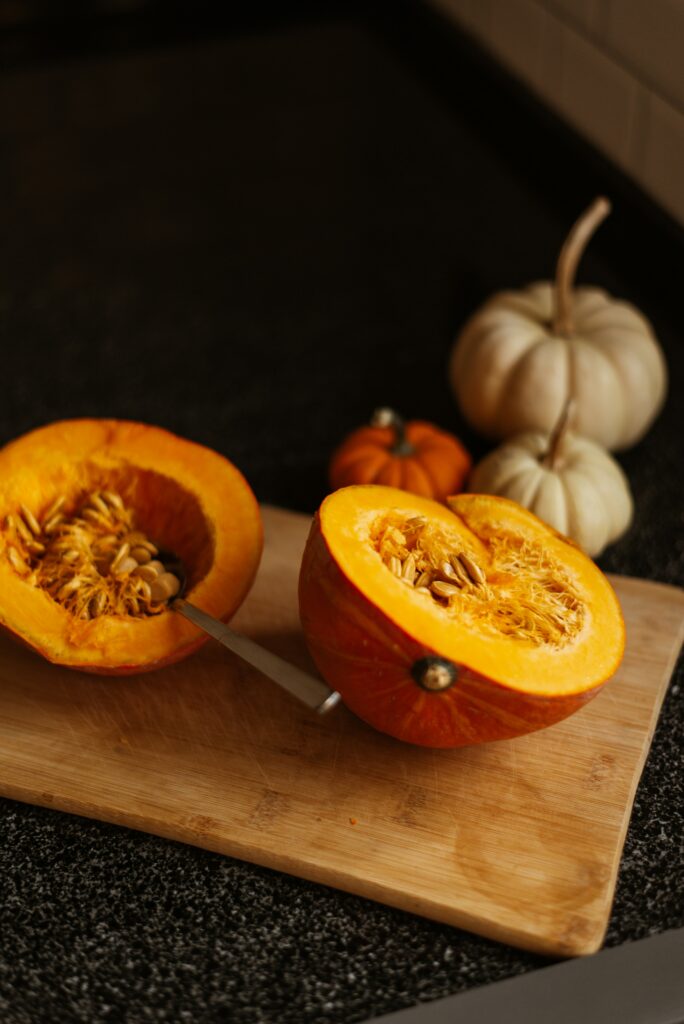
If you would like to start composting, the EPA has a great site where you can learn more.
You might also consider eating the nourishing pumpkin seeds – both with or without their shells. Pumpkin seeds pack a healthy punch, according to the American Heart Association (AHA).
Also known as pepitas, they are rich in protein, fiber, vitamins, minerals, and polyunsaturated fats ( the “good” fats). The AHA suggests soaking the seeds in water for a few hours before separating them from the fibrous pumpkin pulp. A simple way to prepare the cleaned seeds is to spice them lightly with salt or tamari sauce and roast them on a cookie sheet on the top rack of the oven for 15 to 20 minutes at 350 degrees.
HOLIDAY TREES
There are as many useful possibilities to dispose of trees as there are ways to decorate them.
Wisconsin has more than 850 Christmas tree farms, according to the Wisconsin Farm Bureau, and Wisconsin ranks fifth in the nation in the number of trees cut (more than 700,000 each winter) and acres planted (more than 23,000).
A complete list of farms and retail lots is available on the Wisconsin Christmas Tree Producers Association’s website, along with tips for selecting a tree and caring for it once you have it home.
According to the Wisconsin Christmas Tree Producers Association, “Tree farms provide green space and habitat for wildlife. These farms are maintained in an early succession forest with young trees and plenty of ground cover. This provides habitat for large animals such as deer and bear, cover for ground birds such as turkey and quail, grasses for rodents to hide in — who in turn become prey for hawks, foxes, and bobcats. Flowering plants provide nourishment to butterflies, bees and all manner of insects.”
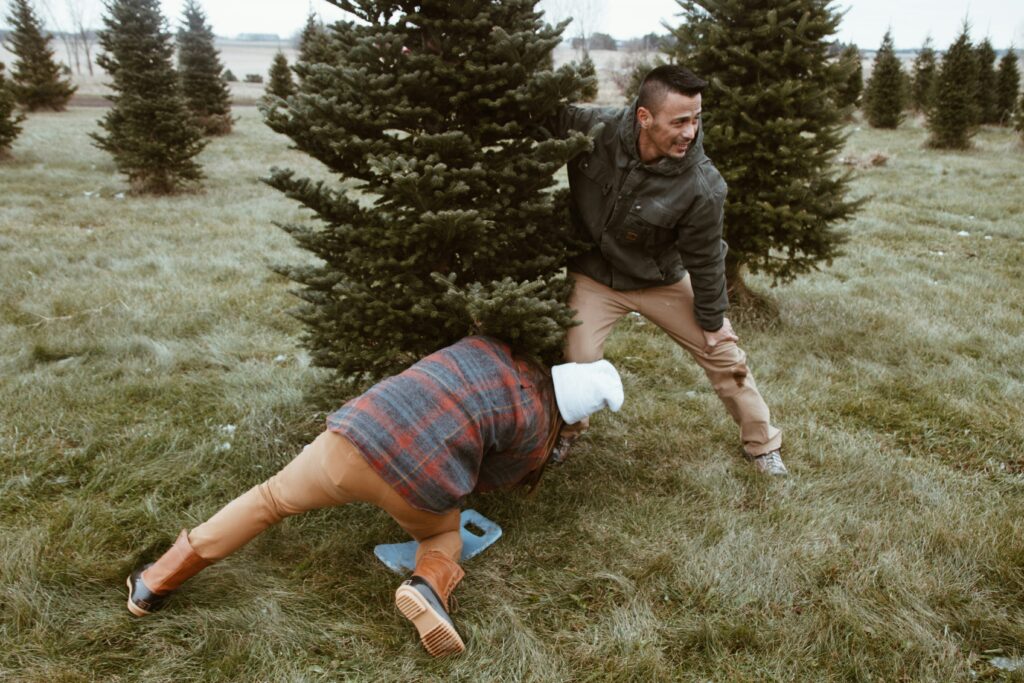
Like all plants, growing Christmas trees provide the oxygen we breath and pull carbon out of the air and store it in their wood.
The National Christmas Tree Association says, for every tree harvested, one to three new seedlings are planted for upcoming years. When you purchase from a local tree farm, you are supporting local agriculture and forestry.
So far, so good! But the day comes when your tree needs to be disposed of. First and foremost, do not wait too long to take your tree down. A Christmas tree in a stand in the house is always a potential fire hazard. Cavallo&Signoriello Insurance Agency suggests keeping a live tree inside for no more than four weeks and always continue to water them.
The bottom line is a Christmas tree is not properly cured to be used as firewood. Wood burned indoors should have 20 percent or less moisture, and for soft woods like pine and spruce, that means cut, split and dried for at least a year. To learn more about heating with wood, see How to Heat with Wood in My Wisconsin Woods.
Though the dried-out tree is highly flammable, do not burn it in your fireplace or wood stove. A chimney sweep service notes there are several problems with indoor burning because it can create a blaze that is intense, unpredictable, and difficult to control. The sap and resin in their wood make them burn too hot. This can mean compromised air quality in your home. And a burning Christmas tree produces creosote, which added to the already accumulated creosote in your chimney, generates further risk. Even a recently swept chimney can be damaged by burning your holiday tree.
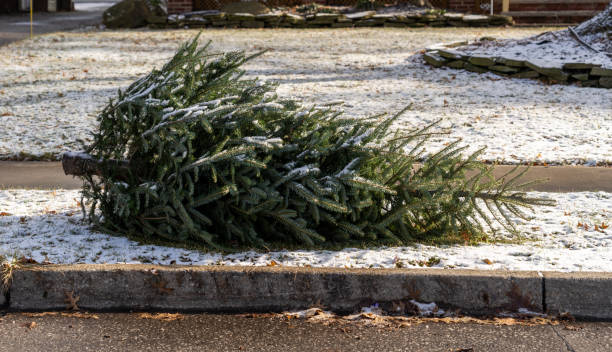
Some people consider using a potted tree for the holidays and reusing it for a few years before planting permanently outside. According to the Greenbay Press Gazette, it is possible to keep a potted tree alive for more than one year in Wisconsin, but such a tree takes regular year-round care, and requires keeping it from getting too warm inside and too cold outside. You need an unheated structure to store it for the rest of the winter, where it must be watered regularly, and then transferred to an outside location where it can be watered and pruned until bringing it in again.
Consider these possible ways to get extra use from your tree. Mulching tree trunks and branches can transfer the carbon the tree has pulled out of the air into the soil as nutrients. Pine needles dry quickly and decompose slowly, making them great mulch for crops like strawberries. Whole boughs can be laid over perennial beds for extra insulation. The trunks of trees can also be recycled into mulch. If you have your own chipper, feed the tree through and mulch under shrubs.
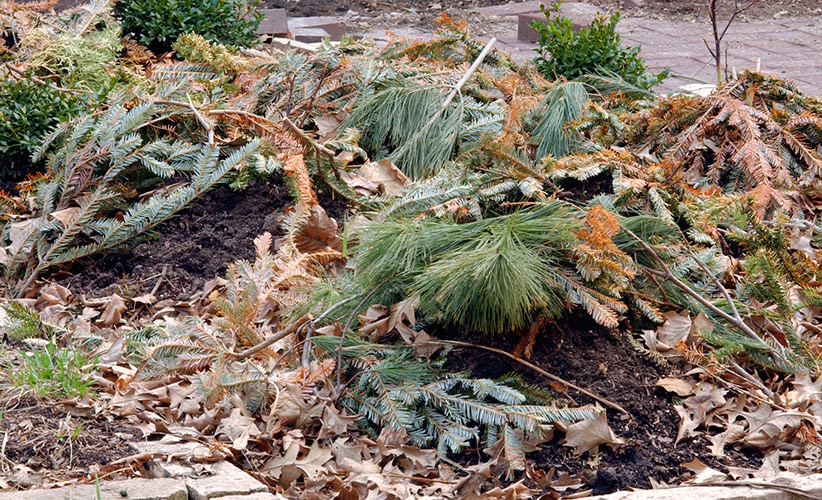
Many local municipalities offer tree recycling programs. Check Earth911’s searchable data base to find tree recycling programs in your area.
Perhaps the simplest practice is to lay your tree on its side at the edge of your yard (after removing all the ornaments and lights) where it will provide shelter for birds and other animals as it gradually decomposes. If you feel inclined, you can take your tree still in the stand into your yard and add some treats for our feathered friends — like popcorn garlands, orange slices and suet. You can even drop your tree into a pond. The over-wintering fish will appreciate the shelter and more complex habitat.
Or, if you enjoy craft projects, the trunk can be sliced into thick discs and used to edge a garden border, or thinner discs can be sanded and varnished to make coasters. Presents under the tree are a familiar and heartwarming sight, but your tree itself can be a gift to nature that goes on giving into the new year.
